Species Photo Gallery for Cantura jucunda No Common Name 15 |
 | Photo by: Erich Hofmann
Craven Co.
Comment: | 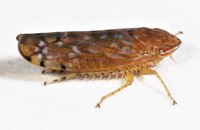 | Photo by: Rob Van Epps
Mecklenburg Co.
Comment: Came to porch light. |
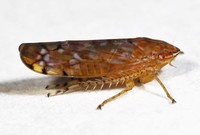 | Photo by: Rob Van Epps
Mecklenburg Co.
Comment: Came to porch light. | 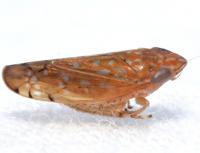 | Photo by: Kyle Kittelberger
Carteret Co.
Comment: maritime shrub; collected by Bo Sullivan, male |
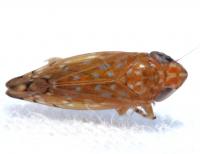 | Photo by: Kyle Kittelberger
Carteret Co.
Comment: maritime shrub; collected by Bo Sullivan, male |  | Photo by: Kyle Kittelberger
Carteret Co.
Comment: maritime shrub; collected by Bo Sullivan, male |
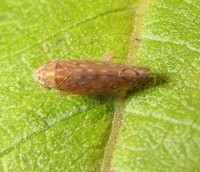 | Photo by: Ken Kneidel
Mecklenburg Co.
Comment: | 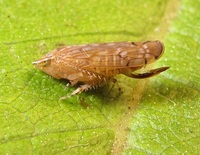 | Photo by: Ken Kneidel
Mecklenburg Co.
Comment: |
 | Photo by: Ken Kneidel
Mecklenburg Co.
Comment: |  | Photo by: Paul Scharf
Warren Co.
Comment: Attracted to Light |
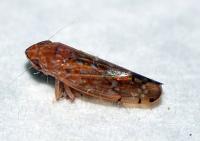 | Photo by: Paul Scharf
Warren Co.
Comment: Attracted to Light |  | Photo by: Paul Scharf
Warren Co.
Comment: Attracted to Light |
 | Photo by: Kyle Kittelberger, Paul Scharf, Brian Bockhahn
Rockingham Co.
Comment: attracted at night with a light; female |  | Photo by: Kyle Kittelberger, Paul Scharf, Brian Bockhahn
Rockingham Co.
Comment: attracted at night with a light; female |
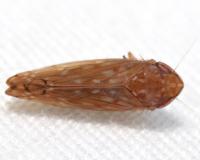 | Photo by: Kyle Kittelberger, Paul Scharf, Brian Bockhahn
Rockingham Co.
Comment: attracted at night with a light; female |

 »
»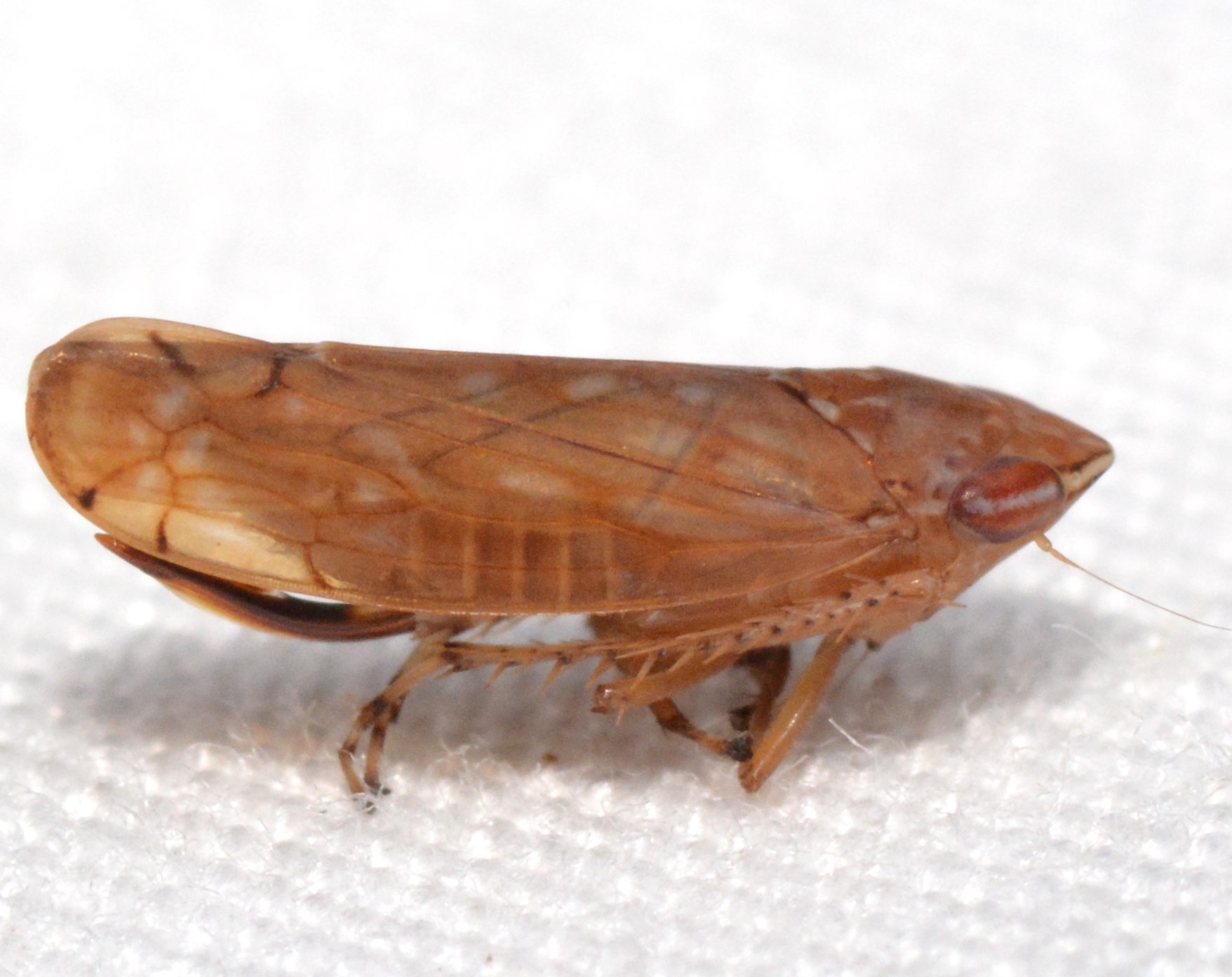

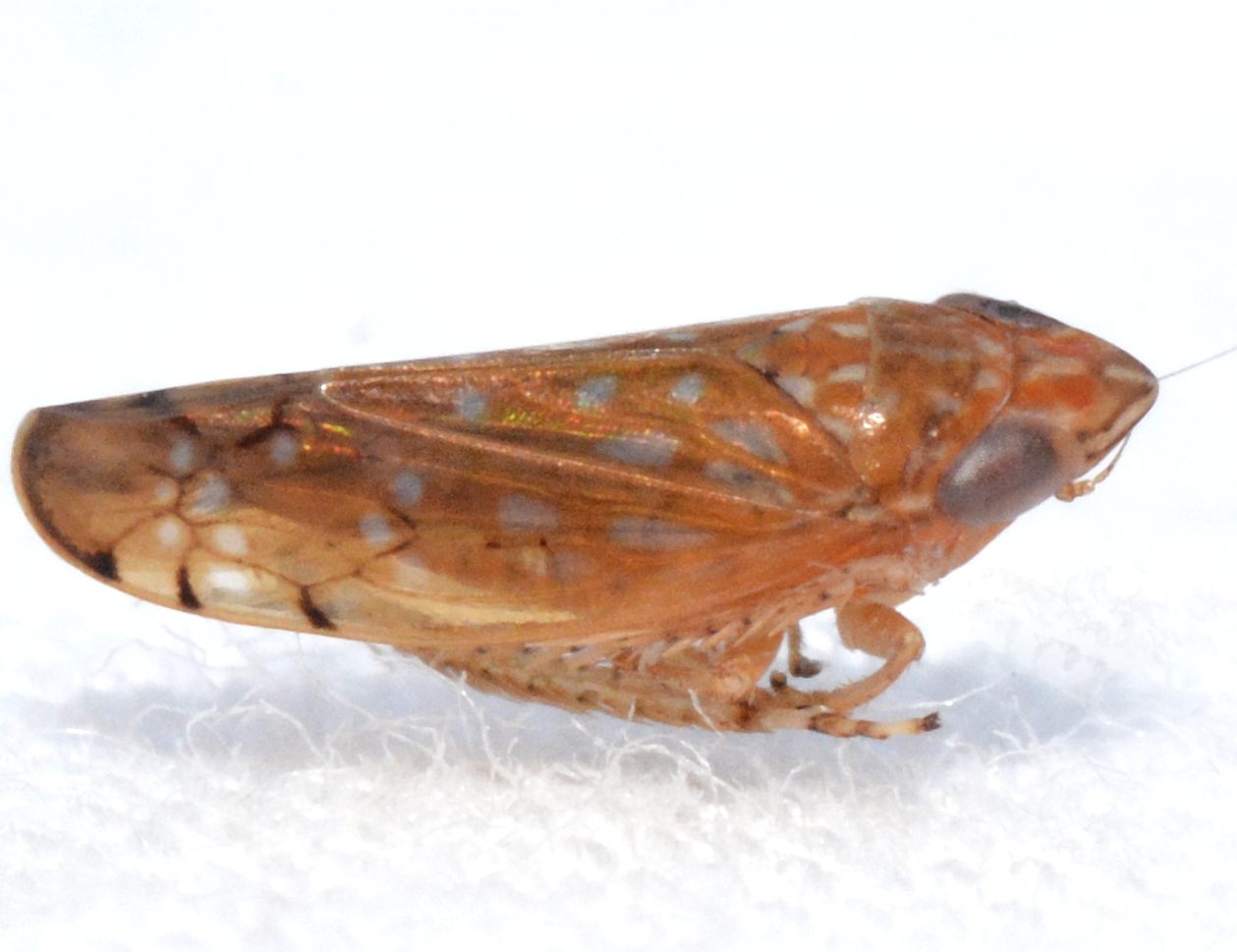
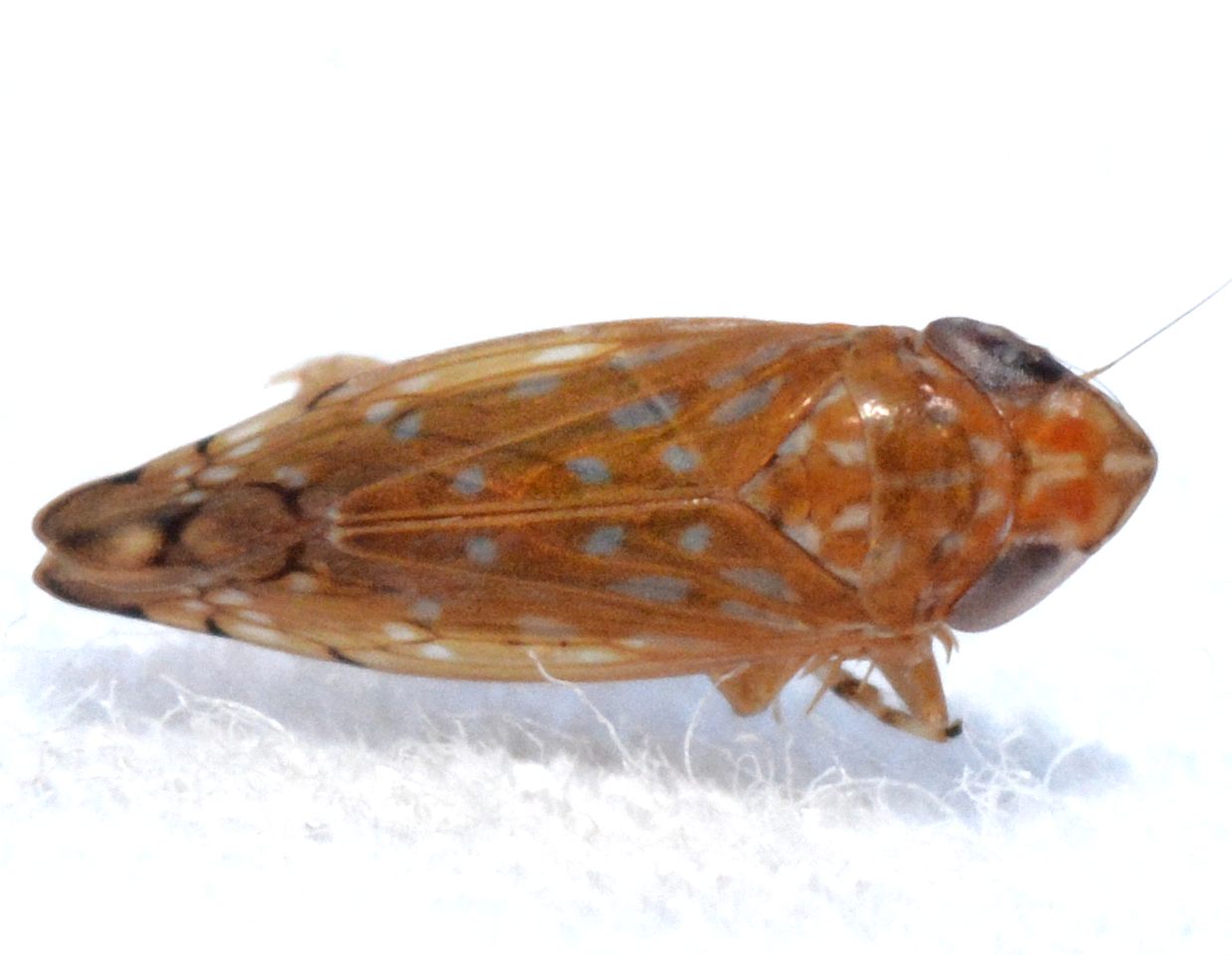

 »
»


